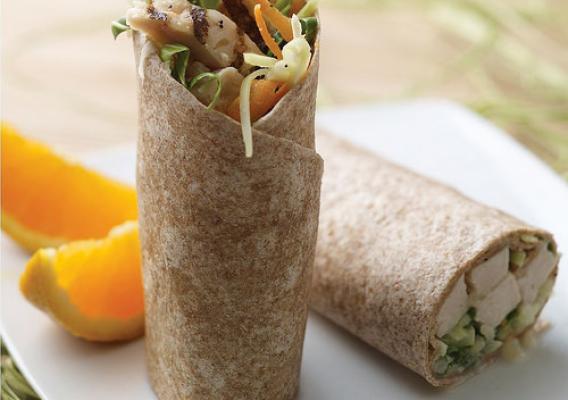Cross-posted from the White House Blog
From sea to shining sea, our country is home to gorgeous landscapes, vibrant waterways, and historic treasures that all Americans can enjoy. But right now, young people are spending more time in front of screens than outside, and that means they are missing out on valuable opportunities to explore, learn, and play in the spectacular outdoor places that belong to all of them.
President Obama is committed to giving every kid the chance to explore America’s great outdoors and unique history. That’s why today he launched the Every Kid in a Park initiative, which calls on each of our agencies to help get all children to visit and enjoy the outdoors and inspire a new generation of Americans to experience their country’s unrivaled public lands and waters. Starting in September, every fourth-grader in the nation will receive an “Every Kid in a Park” pass that’s good for free admission to all of America’s federal lands and waters -- for them and their families -- for a full year.





